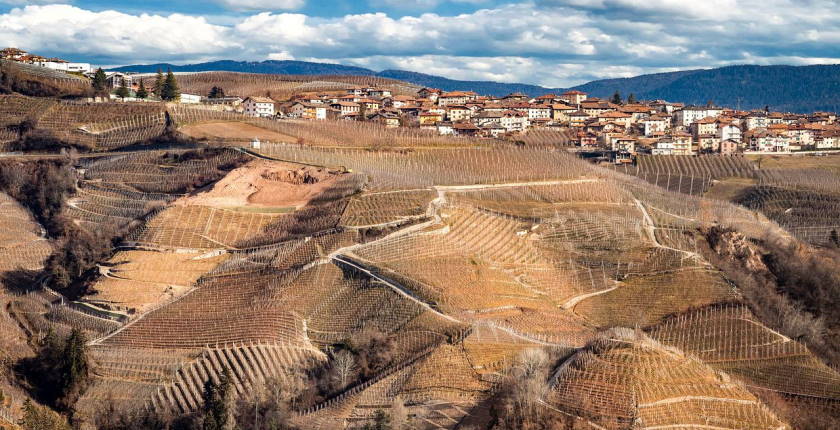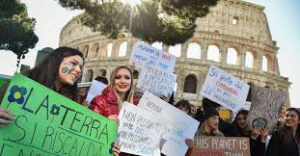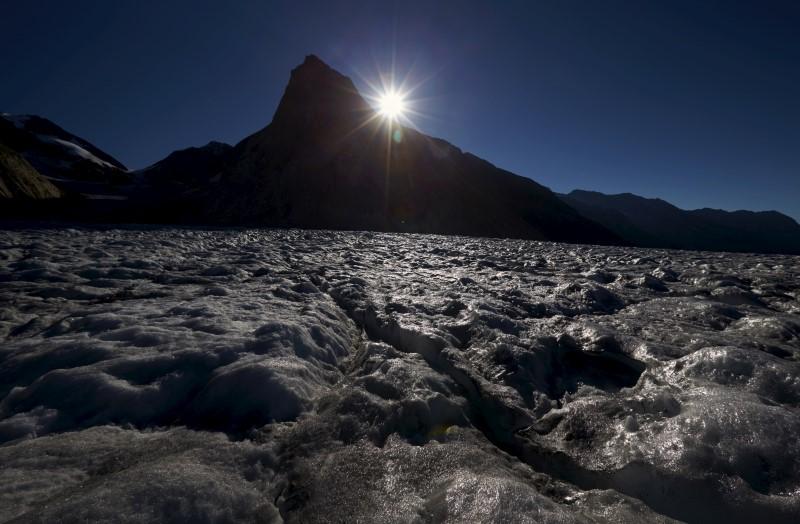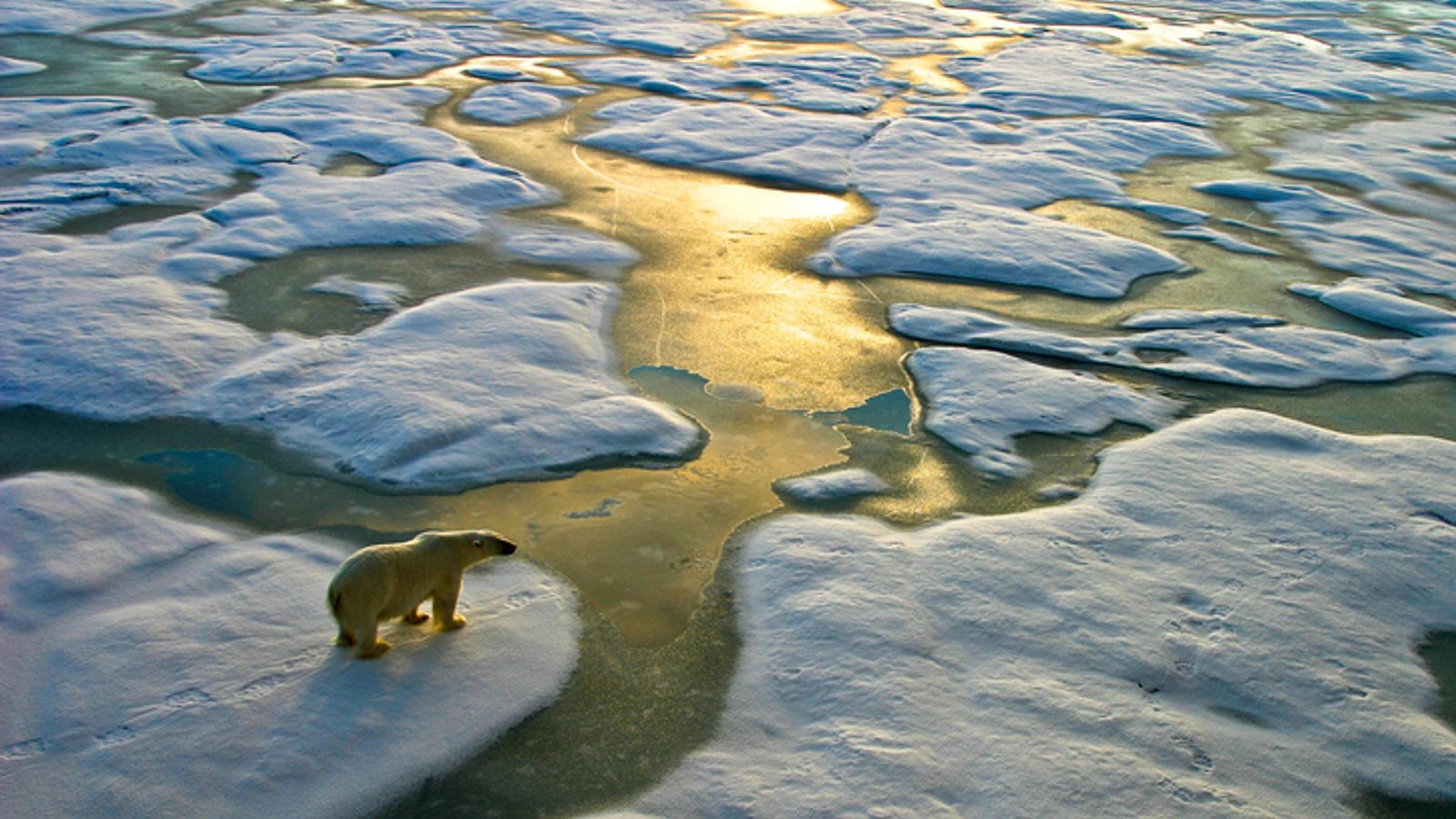
By Egidio Inguscio – LIPR Ambassador of Peace
The Italian way of life is under threat, especially in the valley of the river Po. A record drought turned the country’s largest river into a creek, which not only affects the world-famous scenery, but also the production of wine, olive oil and cheese.
The heatwave that is devastating Western and Southern Europe continued Italy’s plight – the country already had 70% less snow in the winter, followed by several months with almost no rain and temperatures of three to four degrees above average. Paradoxically, there were also episodes of hailstorms and intense flooding.
Northern Italy was particularly hit. The country’s longest river, the Po, has almost dried up and the government declared a state of emergency in five regions.

It is important to note that individual extreme weather events can’t be directly linked to climate change. On the other hand, droughts, heatwaves and wildfires in Italy and the entire Mediterranean are becoming more and more frequent. Experts quoted by the European Climate Foundation (ECF) have no doubt about the cause, pointing also to flash floods, landslides and even Mediterranean hurricanes.
“After decades of delays, the climate prevention window is rapidly closing: let’s use it soon and well, because we cannot negotiate with thermodynamics – and its wrath will be unstoppable!” President of the Italian Meteorological Society Luca Mercalli said.
Climate change is putting in danger Italians’ livelihoods, altering their territory and threatening their cultural patrimony and way of life.
Rice’s thirst
One of the most important products of the Po Valley, rice is particularly at risk, as the paddy fields need to be kept flooded with water for months for the plants to grow.

“Water has more than halved this year,” recounts Daghetta, whose family has been working this fertile land for generations. And to make up for the lack of rain and the low levels in reservoirs and rivers, he’s had to use water pumps, “which are very expensive and will push up prices for consumers,” he says.
Still, Daghetta is relatively lucky. He says that in places across Lombardy and Piedmont, where about half of European rice is produced, some farmers received almost no water this season at all.
Drought in Italy is a proof of climate change
Italy has already experienced one of the largest temperature increases in Europe, at 1.54 degrees Celsius above the 1961-1990 average – and continues to warm faster than the global average – reaching a record of 48.8°C in Syracuse last year, the highest European value ever. In 2021 alone, 187 extreme weather phenomena occurred in the country.
“The climate is changing, and the drought that is currently hitting the Mediterranean, and Italy in particular is its proof. Through my work, I have seen too many sad examples of great, thriving civilizations that failed to plan for the long term. But at the time, no one was able to forecast impending climatic shifts. Compared with the Romans or the ancient Maya, we have the tools and the ability to adjust our food chains and energy consumption in the face of major climatic changes,” said Brian Fagan, professor emeritus of anthropology at the University of California.

Landscape, tourism under threat
Sentinel-2 satellite images.
Olive oil, wine, tomatoes, Grana Padano are only some of the ingredients at the base of Italian cuisine that will be affected by climate change. Projections paint a picture of a much different landscape, too: the olives and vines- The Po valley accounts for two fifths of Italy’s food production and half of Europe’s rice, but farmers are now struggling to keep crops irrigated. The river has turned into a creek, according to the European Space Agency’s Copernicus covered rolling hills, snow-covered peaks and busy beaches might become a memory of the past, ECF said. Italy also ranks first in the Mediterranean for cultural heritage sites at risk from flooding, like Venice, and those at risk from erosion.
To make matters worse, hydropower plants are becoming useless and seawater from the Adriatic is entering the Po delta, damaging crops and increasing the salinity of water.
Rethinking about the future of river
Droughts are nothing new for the Po River basin, of course, which has suffered from them for decades. But climate change is worsening the problem.
A recent study found that dry spells in the region have generally increased since 1983, with the average annual temperature rising by about 2 degrees Celsius, and annual rainfall diminishing by about 20 percent.
The situation is predicted to worsen over the coming years, as global warming will increase the likelihood of more severe and more frequent droughts resulting in water shortages.
Experts say, however, that there are things that can still be done to offset these effects of future climate change.
Some of these proposed solutions include creating more reservoirs, optimizing water usage with smart irrigation systems, adopting less water-intensive crops, building storage units to collect rainfall, and improving infrastructure.
However, all these things require planning, as well as huge investments from the regions and from Rome. But more than that, says Meuccio Berselli, general secretary of the Po River basin authority, they will require a fundamental paradigm shift.
“We got used to a situation where water has always been available for any purpose, but what we’re seeing these days is telling us that this is no longer the case,” he states. “We need to rethink our relationship with the river and stop seeing it just as a vast reservoir to exploit.”


